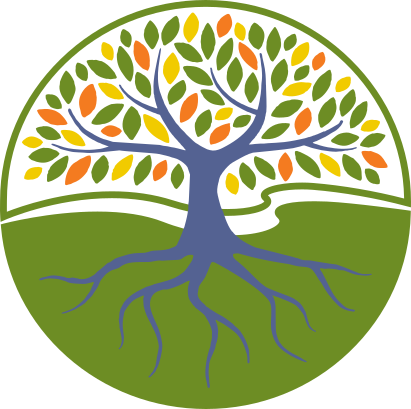#
+ Expand
Analysis
In designing the scenery and costumes...
The Tuning of the Self: A Sonic Theology of Becoming. Life, at its most elemental, is vibration. Before there is thought, before language, even before identity, there is sound. The universe hums—atoms vibrate, air shivers, the womb echoes with pulse and breath. From this cosmic drone, life begins as listening. The self does not first speak—it hears. Sound is the primal signal. The environment, the 🌊 Nonself, is pure frequency: waves of energy impinging on the boundary of the organism, undifferentiated noise. It is not meaningless, but it has no meaning yet. The sea is full of sounds, but the boat is what gives them direction.
The 🚢 Self, born in G1 and G2, is the auditory canal of identity. It is the threshold, the tympanic membrane where external vibration meets inner potential. The ear (👂🏾), both literally and metaphorically, is where the Self emerges in relation to the Nonself. What do we attend to? What do we tune out? The boat filters the waves—not by muting them, but by shaping their entrance. Every auditory nerve is a gatekeeper. Every ganglion a choice.
See also
Resonance—the 🪛🏴☠️—is the pirate radio of being. This is not passive hearing but active tuning. The basal ganglia, brainstem, thalamus: these are the mixers, the preconscious equalizers of the mind. At this level, dissonance and consonance are not moral categories—they are feedback mechanisms. Dissonance is the alert: something is out of sync, demanding attention. Consonance is affirmation: the pattern matches the internal model. But in between—where music lives—there is tension. There is timbre. There is temperament.
The “negotiated identity” is the recognition that resonance is not fixed. It is tunable. Just as Western music adopted equal temperament to allow movement across keys—sacrificing the purity of intervals for the flexibility of modulation—so too does the Self compromise between instinct and adaptation. One might call this the moral temperament of the psyche: a retuning of values, boundaries, and desires in order to remain in motion. To live in one key forever is to stagnate. To transpose is to survive.
But tuning is not enough. The system must prune. Enter the 🦈✂️🛟—danger, cutting, and saving. The neocortex is a critic as much as a composer. It trims away noisy frequencies, dampens unhelpful overtones, and rescues motifs worth repeating. Pruning is the architecture of signal clarity. If resonance is improvisation, pruning is composition. The jazz solo becomes a theme. The noise becomes a score. But it’s not a polite process. The shark of dissonance must swim—if it stops, we drown.
And then, at last, comes the island—🏝️—the archicortex. The heart (❤️) of flourishing. Not peace in the naïve sense, but a deep harmonic richness: a life in which dissonance is no longer feared, because it has been integrated. Here, we find the chord progression that makes sense of the melody. Flourishing is the ability to modulate—to move from key to key without losing the underlying pulse. It is jazz at its highest level. Or better: gospel. It is not the absence of suffering, but the presence of soul.
So, life is not a path, but a song. Not a single melody, but a polyphonic weave of resonance and dissonance, shaped by the ear, refined by pruning, and lifted in a crescendo toward meaning. We are the instrument. We are the player. We are the audience. And the world—our ocean—is singing. The question is not whether it is in tune. The question is: can you find your pitch?
And when you do, hold it. Or bend it. Or break it into a new harmony. That’s your right. That’s your inheritance.
That’s the sound of becoming.

